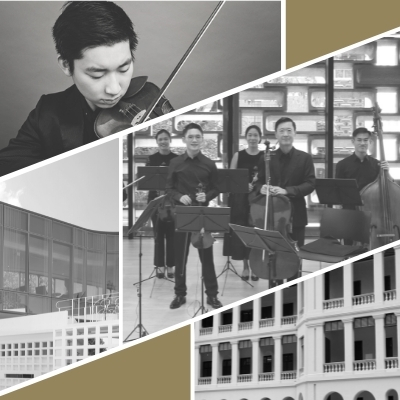

The British label recorded the first integral cycle of the symphonies, in the early 1950s with the LSO under Anthony Collins. Picking up the baton from EMI, Decca was the vital postwar champion of the composer’s music. Griller Quartet, London Symphony Orchestra, Berlin Philharmonic, et al. (Decca) The audio is old, EMI’s restoration valiant.Īnthony Collins, Pierre Monteux, Eduard Van Beinum, Hans Rosbaud, Thomas Jensen, Ruggiero Ricci, Kristen Flagstad, Birgit Nilsson

(The two of them can be seen ruminating alongside each other - three sheets to the wind - in an evocative painting, The Symposium, by Akseli Gallen-Kallela.) The set also includes tone poems, theatrical suites and Fourth Symphony led by Beecham, as well as Heifetz’s icily expert Violin Concerto and, with Andante Festivo, the only record of Sibelius conducting his own music. Central here are symphonies and tone poems as waxed in England by Robert Kajanus, founder of the Helsinki Philharmonic and a youthful drinking buddy of Sibelius, who insisted that EMI hire the conductor to record his works. Plundering the capacious EMI catalog, this enterprising seven-CD boxed set collects recordings made over the two decades from 1928 to 1948, when the composer himself could judge their success. Robert Kajanus, Thomas Beecham, Adrian Boult, Jascha Heifetz, Budapest String Quartet, London Symphony Orchestra, London Philharmonic, Helsinki Philharmonic, Finnish Radio Orchestra, et al. (Warner Classics) Sibelius Edition: Historical Recordings & Rarities, 1928-48 But the big haul for the anniversary comes in the form of eight boxed sets.
#SIBELIUS 5 WILL NOT RECOGNIZE VIENNA SERIES#
The sesquicentennial of Sibelius’s birth in December 2015 has brought such welcome releases as a Naxos series from Segerstam and Finland’s Turku Philharmonic that focuses on the composer’s most rarely heard music, including the complete ballet Scaramouche and his score for the play Jedermann (Everyman). Although he lived until 1957, to age ninety-one, Sibelius was silent creatively for his last three decades a mooted Eighth Symphony never appeared, the door shut. 5, was like a divine rush: “God opened his door for a moment and his orchestra was playing the Fifth Symphony.” But that spirit wouldn’t always move him. Sibelius said that creating the themes for his most magical work, his Symphony No. The Finn’s stature grew remarkably high in the United Kingdom and the United States, his works finding such influential advocates during his lifetime as Sir Thomas Beecham and Serge Koussevitzky. Sibelius’s series of seven numbered symphonies and his Violin Concerto - music that morphs nineteenth-century Romanticism into a very individual take on early twentieth-century modernism - earned him international celebrity. Finland’s resultant pride in his achievement would lead to a tradition of education that has produced more great composers (Einojuhani Rautavaara, Aulis Sallinen, Kalevi Aho, Kaija Saariaho, Magnus Lindberg, Esa-Pekka Salonen) and conductors (Leif Segerstam, Okko Kamu, Osmo Vänskä, Jukka-Pekka Saraste, Sakari Oramo, Hannu Lintu and Salonen among them) than might seem possible for the most sparsely populated country in Europe. Such early Sibelius works as the choral symphony Kullervo and tone poem Finlandia had encapsulated the country’s identity and aspirations like little else. Ruled variously by Sweden and Russia over the years, Finland gained independence in 1917, the rise coinciding with his artistic maturity. No composer so embodies a country’s national identity like Sibelius does that of Finland.

Steeped in Finnish epics and modal folk melodies yet driven by a visionary conception of symphonic form, the products of his imagination feel singular even now, one hundred fifty years after the composer’s birth. Nature and modernity were competing, and ultimately complementary, ideals for Sibelius.

His compositions also suggest an inner landscape of complexity, even contradiction isolation and darkness are there, as well as life-affirming radiance. The symphonies and tone poems of Jean Sibelius uncannily evoke the Nordic landscape of his native Finland: its vast forests, glinting lakes and icy mists mirrored in sound.


 0 kommentar(er)
0 kommentar(er)
